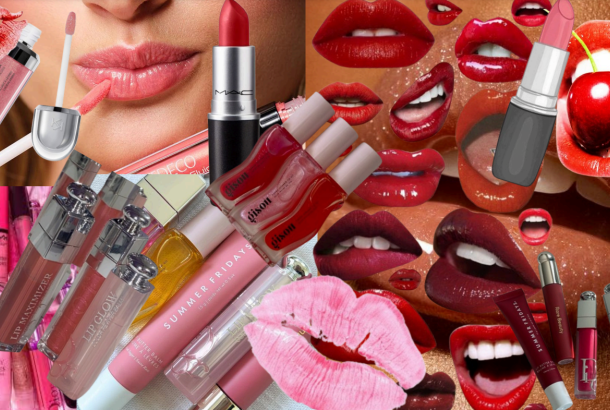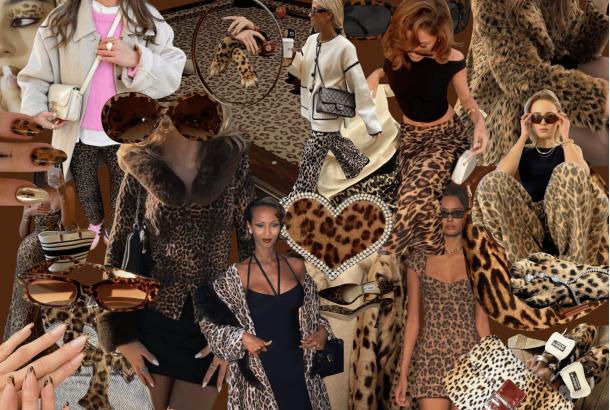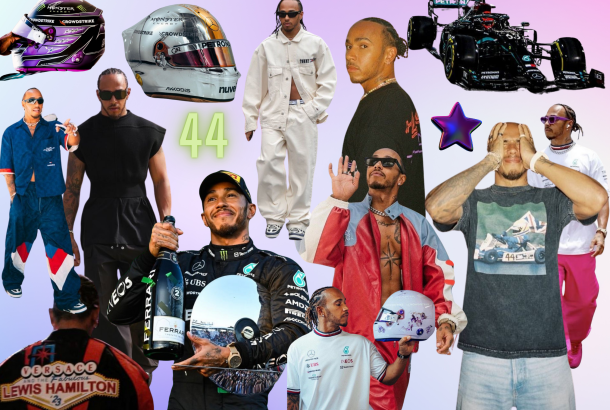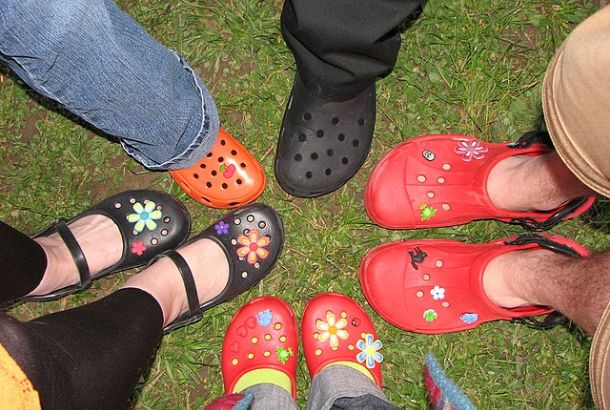The history of rave fashion: What to expect from Manchester
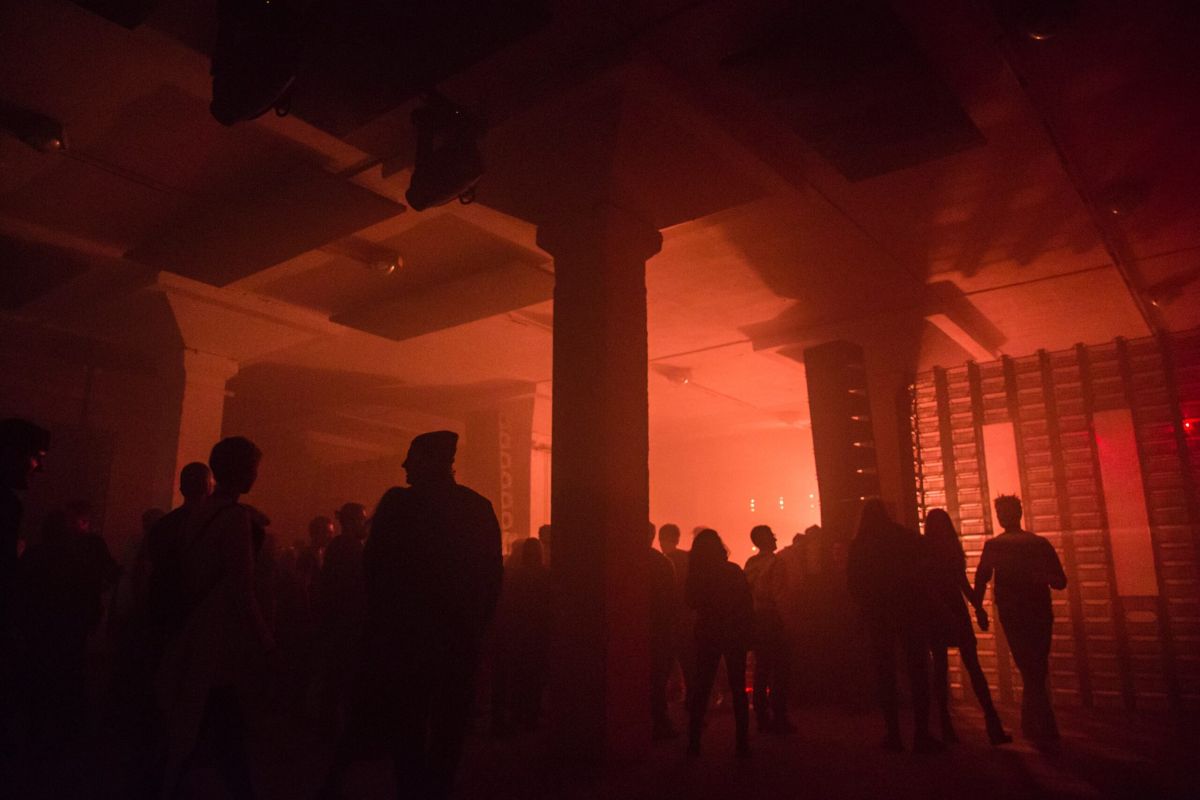
‘Rave’ was first used to describe wild bohemian parties of the 1950s, and soon the burgeoning mod youth culture of the 1960s – two demographics that prioritised indulgence and partying. However, what is now known as ‘rave culture’ – a youth subculture blending music, social ideals, alcohol, and illicit drugs – hit the UK in the early ‘90s. With it, came a new wave of fashion.
Raving was about dressing down. Generally, rave-goers scrapped the designer labels often worn by clubbers in favour of oversized t-shirts, jeans and trainers. Outfits were fashioned to maximise comfort in a sweaty basement party.
Specifically, the rise of Acid House music popularised the wearing of practical and utility garments to raves. Boiler suits, cargo trousers, and bucket hats were common choices. Best known amongst the Acid House styles was the smiley-face logo often appliqued onto bucket hats and printed on necklaces. The smiley-face was stamped on ecstasy pills, and so became an emblem of the carefree raver lifestyle.
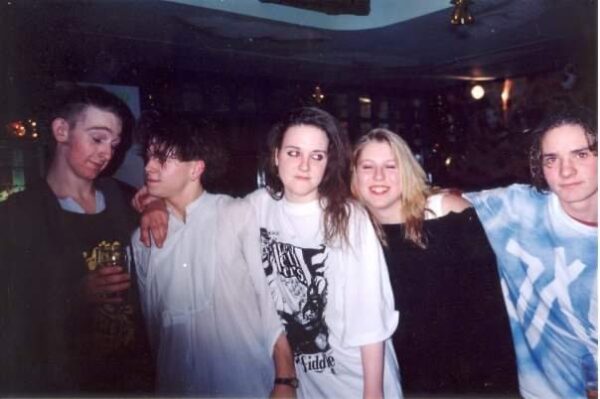
Not long after the rave movement gained traction, mainstream clothing brands began marketing their products as rave attire. This gave way to a larger streetwear influence in the rave scene, moving rave fashion closer to the street styles which are popular today.
Despite being a skate brand, Stüssy began to take influence from the psychedelic visuals. They released graphic tees in bold colours and knee-length cargo shorts with multiple pockets for practicality. Slogans printed on their clothing paid homage to the rave scene with statements like ”join the party” and ”pump it up”. Full Adidas tracksuits became a routine outfit too.
In Manchester, it was Tony Wilson’s nightclub The Haçienda which hosted ravers throughout the majority of the ‘90s. FAC251 has since opened in his record label, Factory Records’, old offices to remember the influence he had on the Manchester rave scene. Nowadays, The Warehouse Project and venues like The White Hotel and Hidden, located in the backstreets of Salford, offer a similar environment to the original ‘90s rave.
Unsurprisingly, the clothing worn by student ravers today is not too dissimilar to the practical ’90s rave wear. To bear the humidity of warehouse clubs, common clothing choices include large parachute trousers, and logo t-shirts or utility vests. Brands such as Stüssy and Adidas have cycled back around into popular view. The comfortable ’90s styles now considered fashionable once again. Seemingly, what unifies ravers is a carefree attitude and the simple gratification of a night out.
